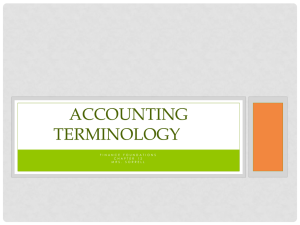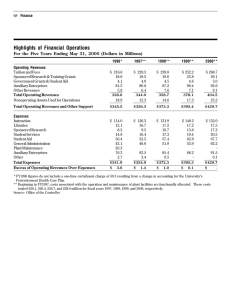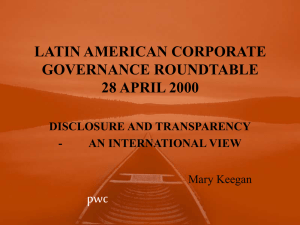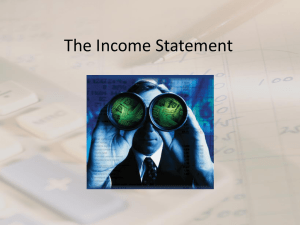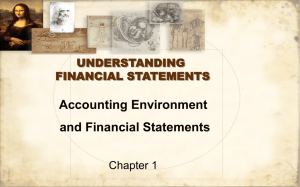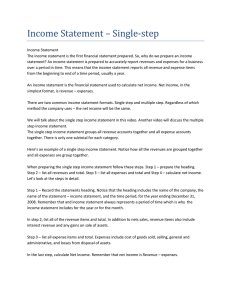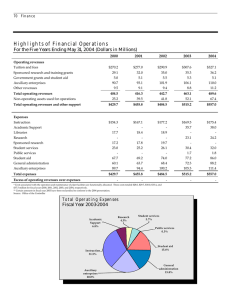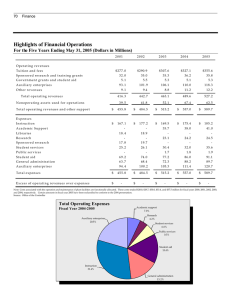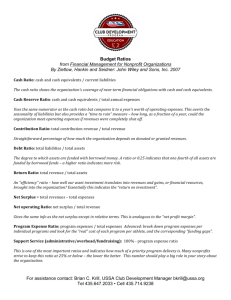Business Organization & Financial Data: Multiple Choice Questions
advertisement
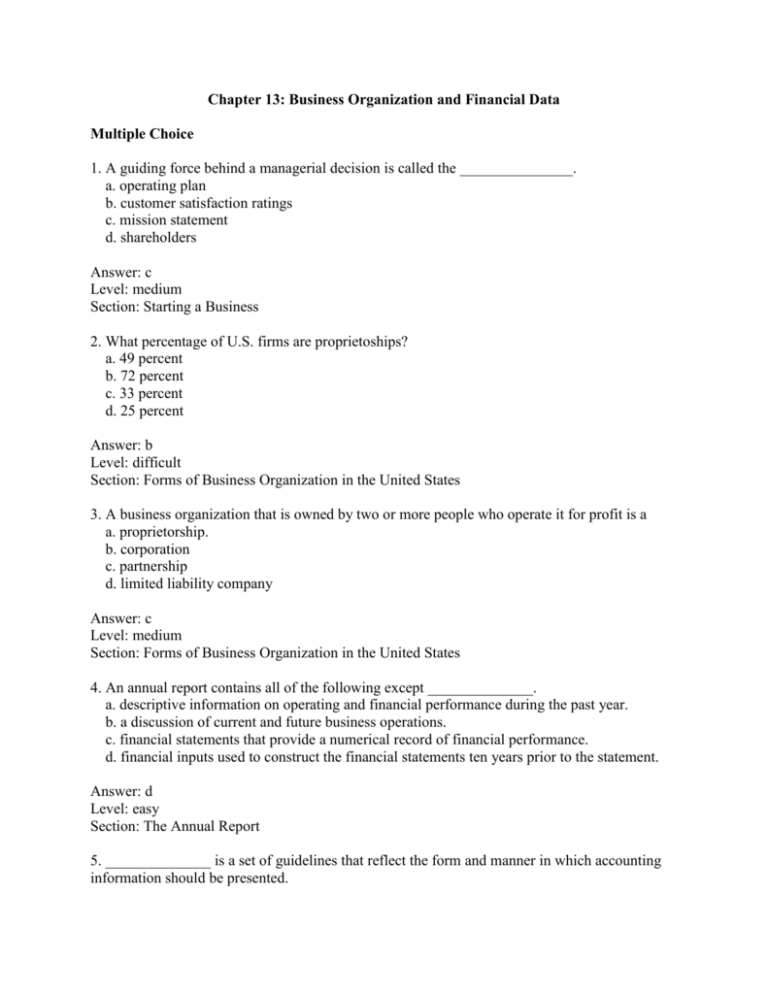
Chapter 13: Business Organization and Financial Data Multiple Choice 1. A guiding force behind a managerial decision is called the _______________. a. operating plan b. customer satisfaction ratings c. mission statement d. shareholders Answer: c Level: medium Section: Starting a Business 2. What percentage of U.S. firms are proprietoships? a. 49 percent b. 72 percent c. 33 percent d. 25 percent Answer: b Level: difficult Section: Forms of Business Organization in the United States 3. A business organization that is owned by two or more people who operate it for profit is a a. proprietorship. b. corporation c. partnership d. limited liability company Answer: c Level: medium Section: Forms of Business Organization in the United States 4. An annual report contains all of the following except ______________. a. descriptive information on operating and financial performance during the past year. b. a discussion of current and future business operations. c. financial statements that provide a numerical record of financial performance. d. financial inputs used to construct the financial statements ten years prior to the statement. Answer: d Level: easy Section: The Annual Report 5. ______________ is a set of guidelines that reflect the form and manner in which accounting information should be presented. a. GAAP b. FASB c. CRSC d. FSCA Answer: a Level: medium Section: Accounting Principles 6. Compared to the accounting perspective, the financial perspective focuses on all of the following ideas except a. forward looking rather than historical emphasis b. focus on market value rather than tracking asset values c. matches revenues and expenses rather than identifies cash inflows and expenses d. measures cash usage rather than profitability Answer: c Level: medium Section: Accounting Principles 7. The _____________________ reports the revenues generated and expenses incurred by a firm over an accounting period such as a quarter or year. a. Operating income statement b. GAAP accounting c. IASC accounting d. income statement Answer: d Level: easy Section: Income Statement 8. ______________ refers to credit claims on a firm. a. Equity b. Liabilities c. Assets d. Balance sheet Answer: b Level: medium Section: Balance Sheet 9. Cash and all other assets that are expected to be converted into cash within one year are referred to as ______________________. a. current assets b. working capital c. assets d. net fixed assets Answer: a Level: difficult Section: Balance Sheet 10. A statement of cash flows consists of all of these sections except _______________. a. balancing activities b. operating activities c. investing activities d. financing activities Answer: a Level: medium Section: Statement of Cash Flows 11. Borrowing money from a bank or receiving an added investment from a partner or stockholder represents a _____________ to the firm. Paying off a bank loan or repurchasing shares of stock is a ___________________. a. use of cash; use of cash b. use of cash; source of cash c. source of cash; use of cash d. source of cash; source of cash Answer: c Level: difficult Section: Statement of Cash Flows 12. What statement expresses balance sheet numbers as a percentage of total assets and income statement numbers as a percentage of revenue to facilitate comparisons between different sized firms? a. proportional income statements b. operational financial statements c. common sized financial statements d. investment portfolios Answer: c Level: medium Section: Financial Statements of Different Companies 13. What should be the financial goal of any firm? a. maximization of the owners’ wealth b. attracting and acquiring capital and investing it c. offering quality products at fair prices d. quality customer service Answer: a Level: easy Section: Goal of a Firm 14. What is a common conflict of interest that occurs when the principals or owners of the firm hire managers to run the firm? a. the principal agent problem b. conflicts of interest in corporate governance c. suspicions of unethical behavior between the two parties d. a power struggle between the two parties Answer: a Level: medium Section: Corporate Governance 15. The ________________ oversees the traditional functions of financial analysis at the firm. a. controller b. treasurer c. company accountant d. chief financial officer Answer: b Level: easy Section: Finance in the Organization Chart

